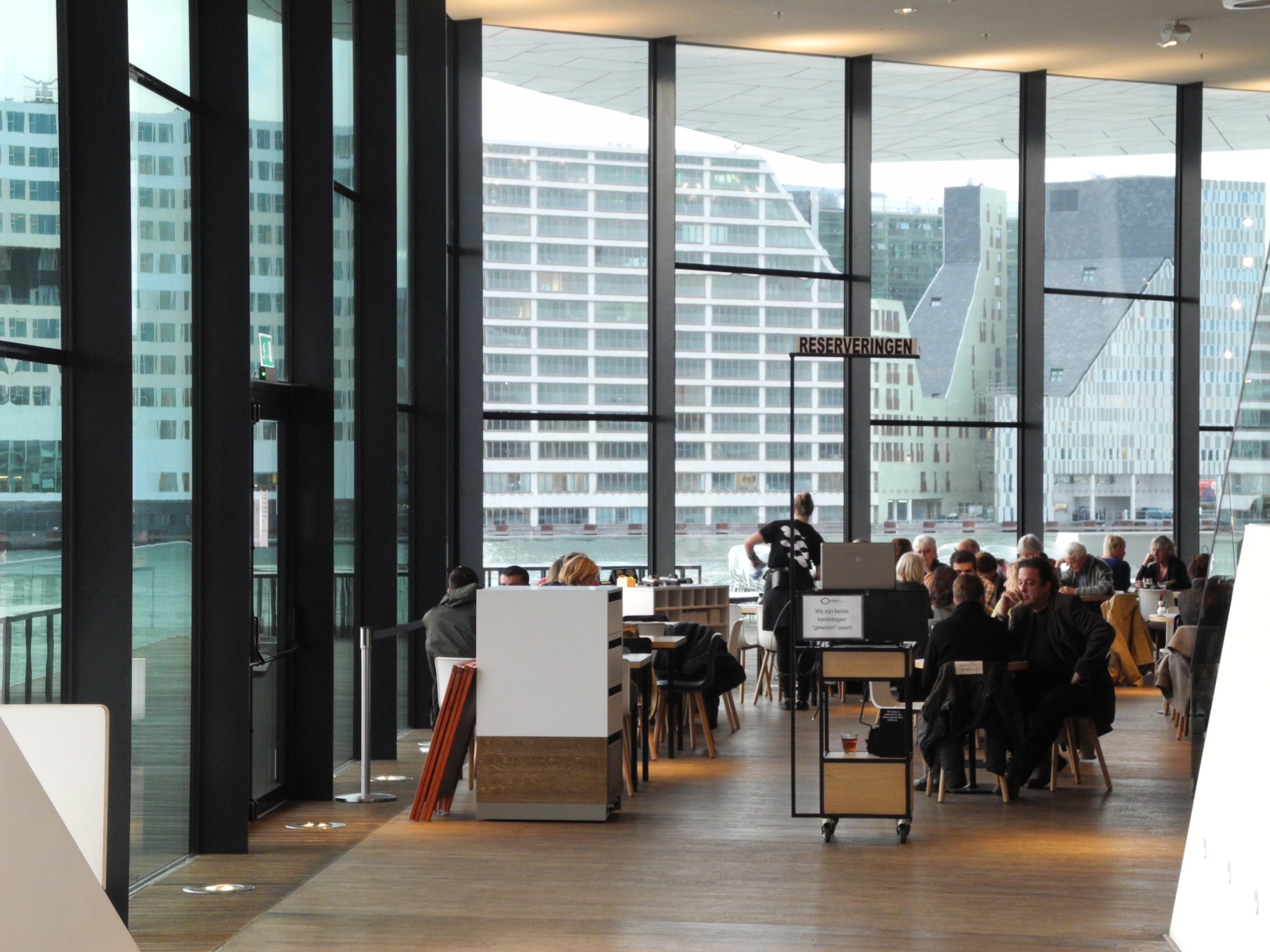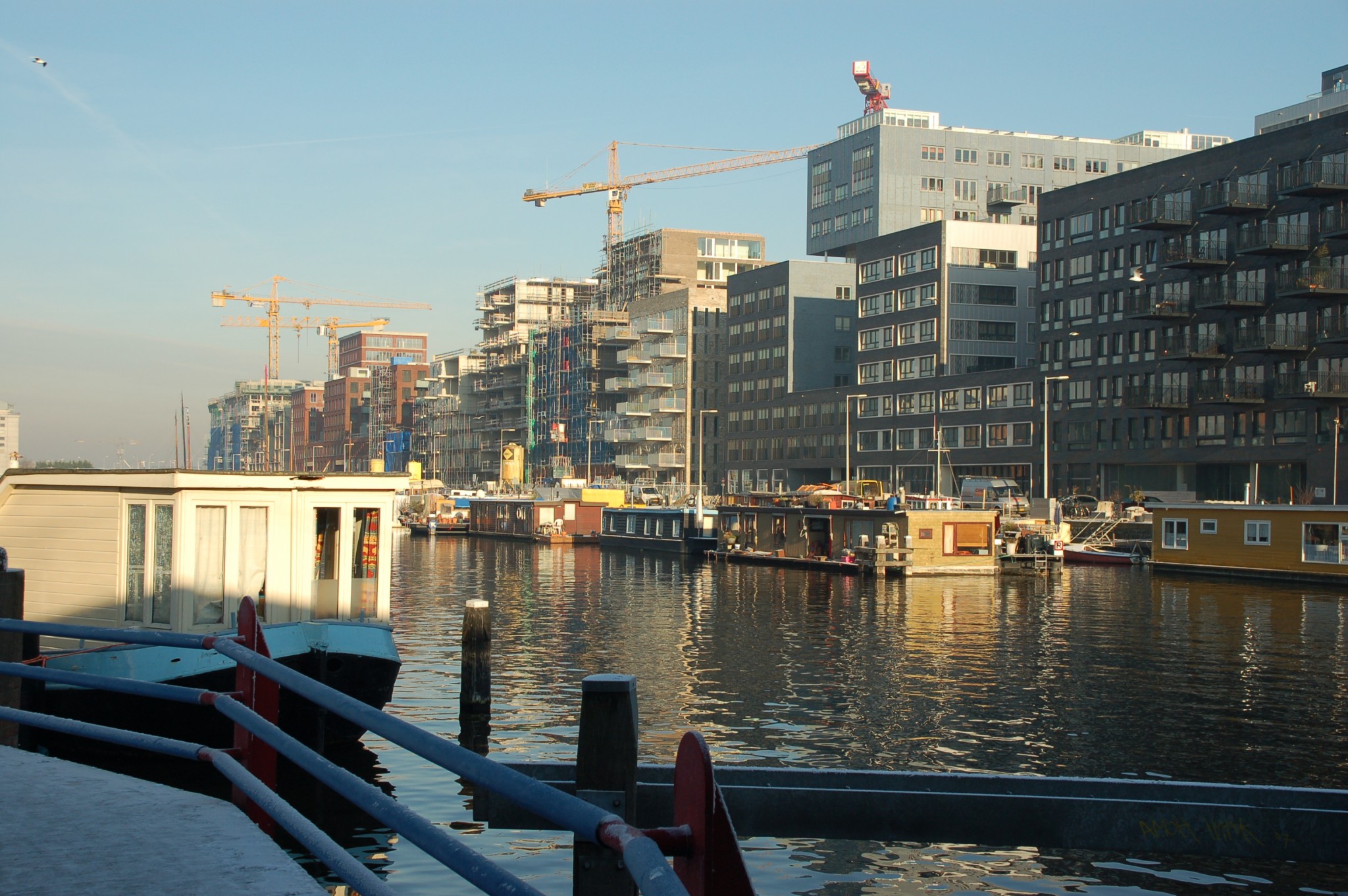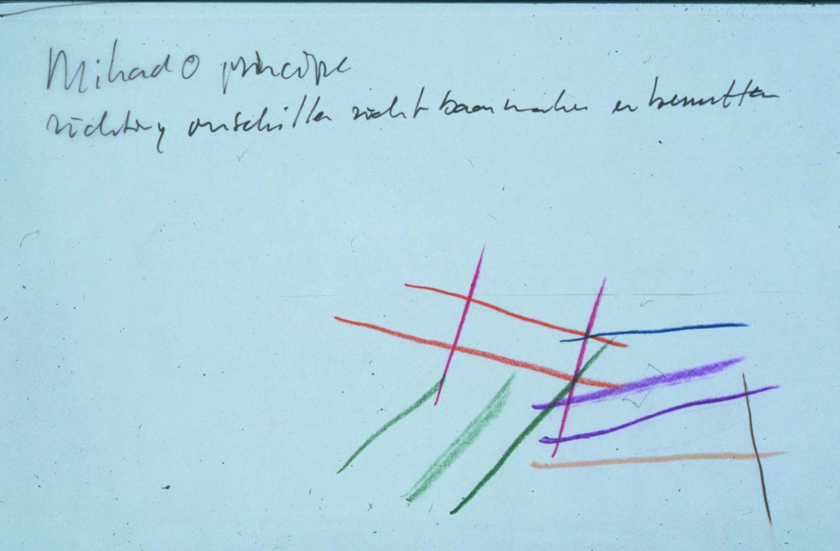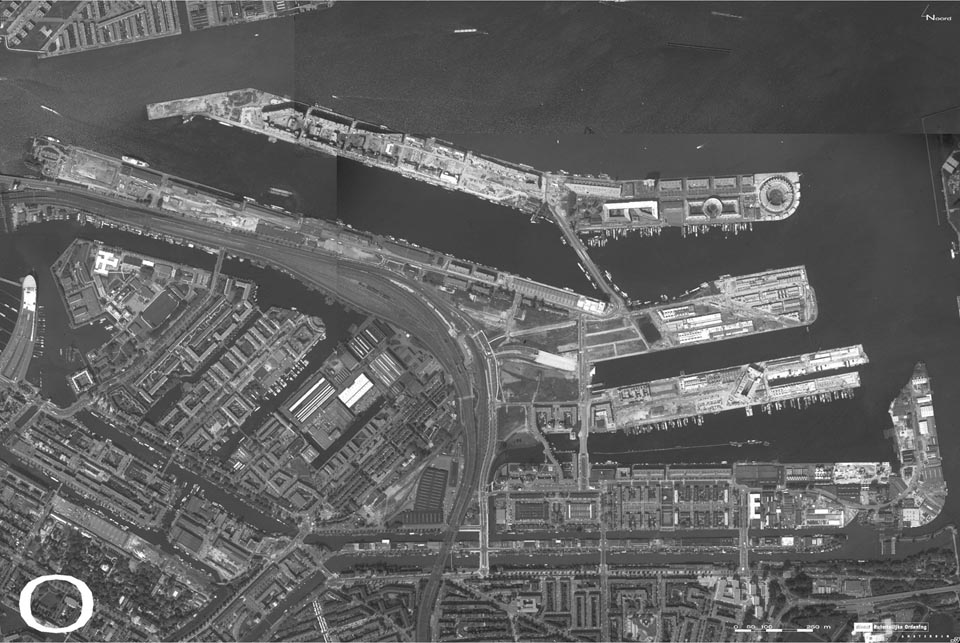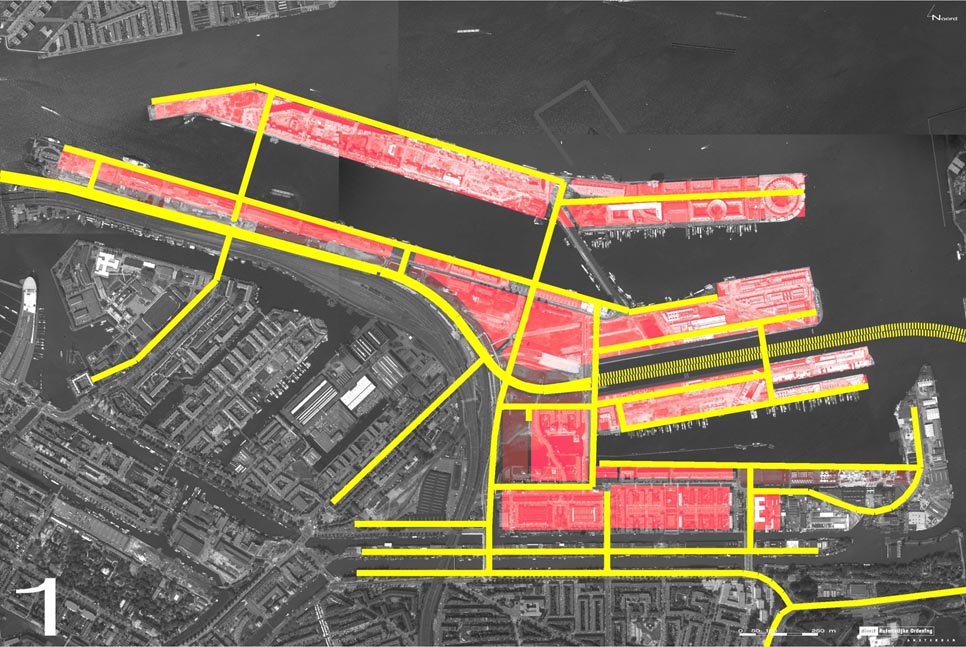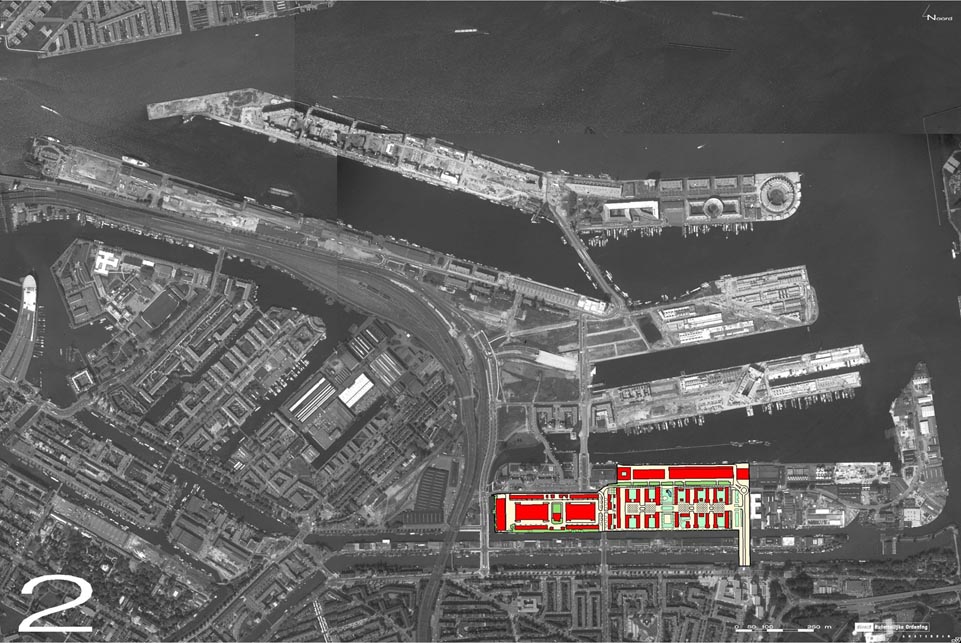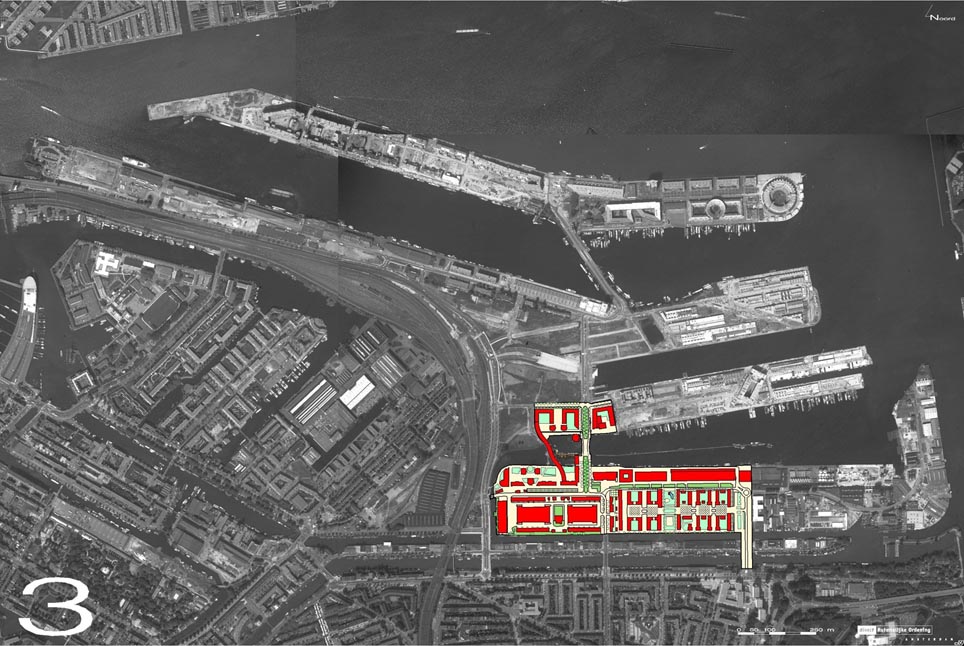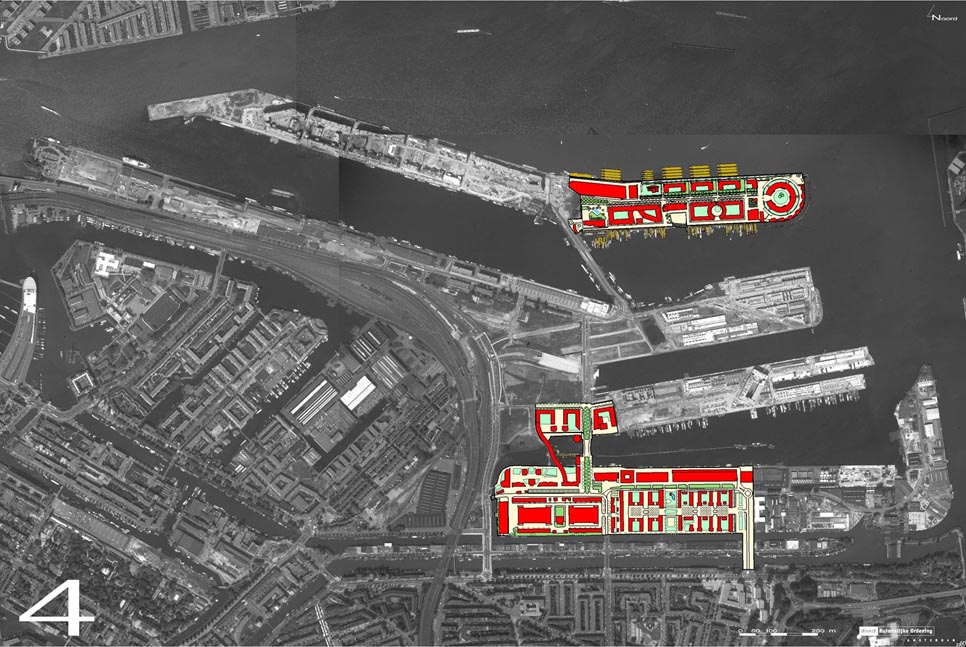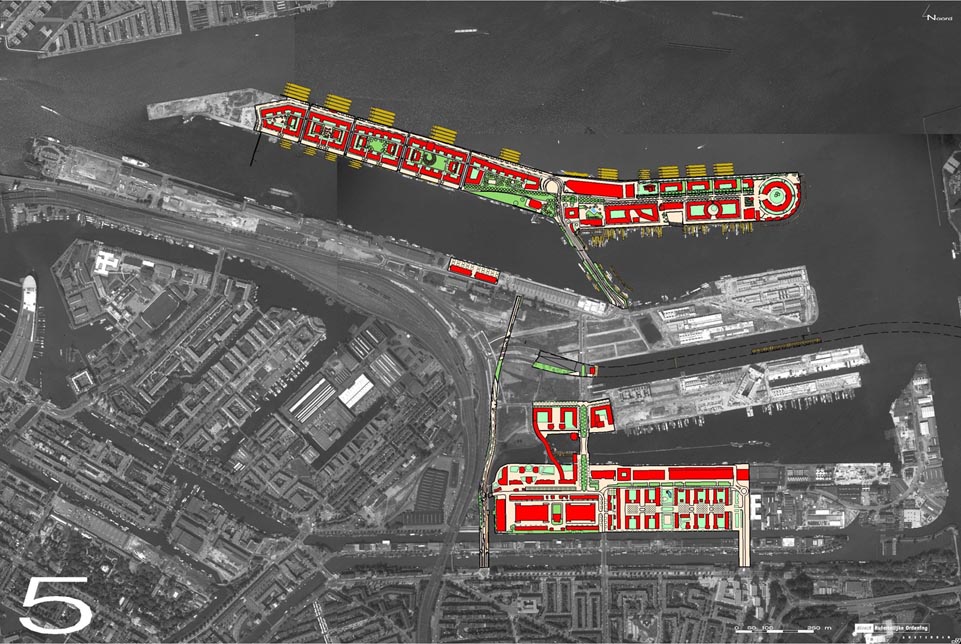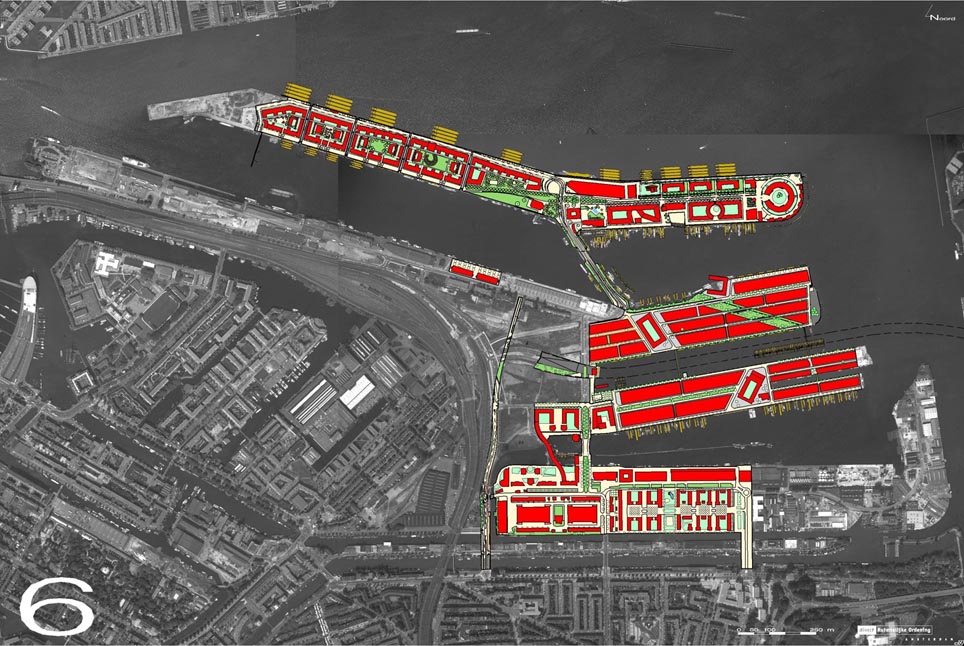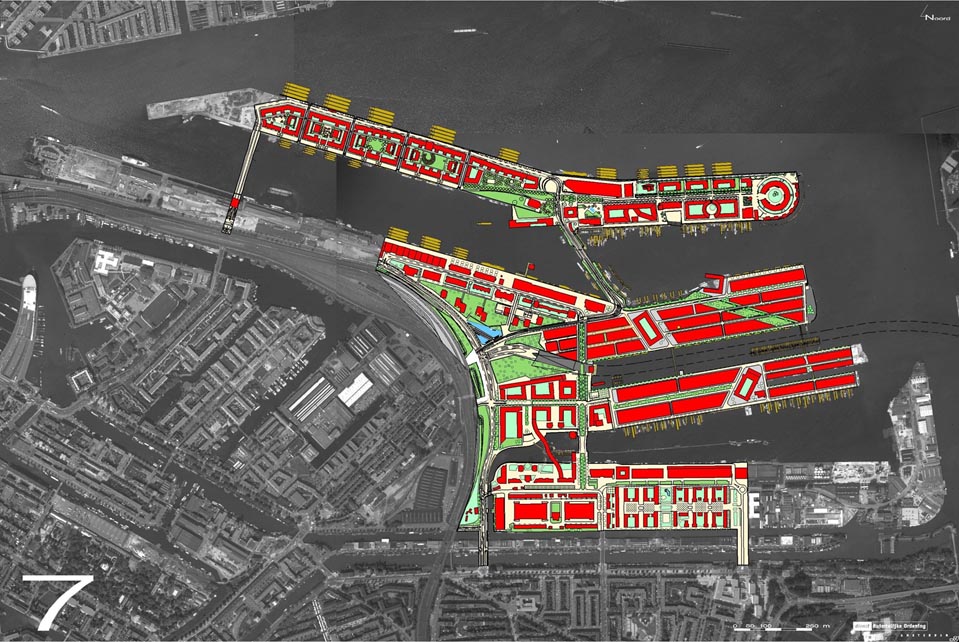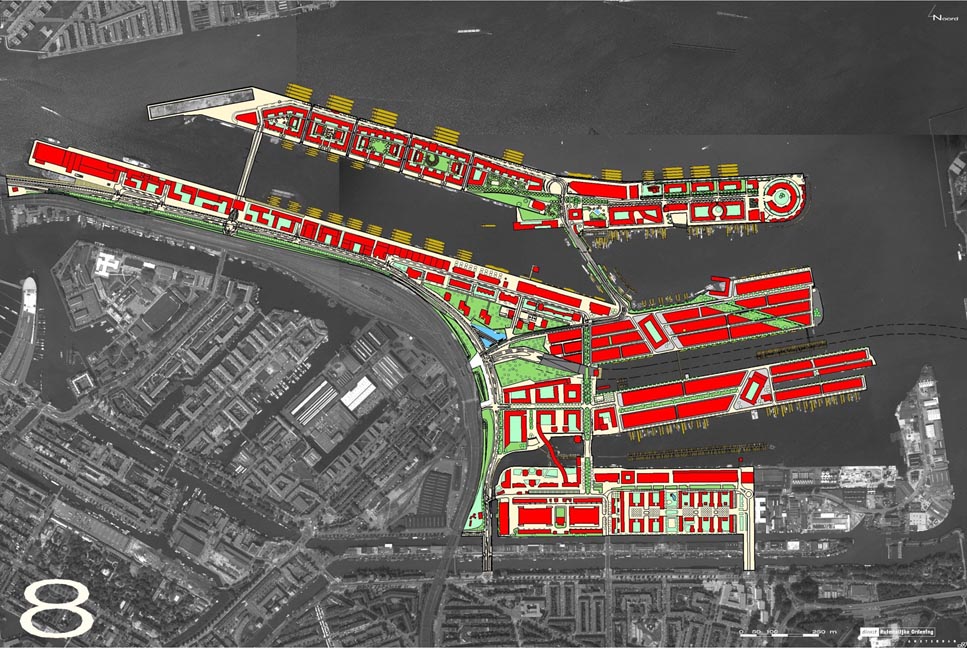Talk to everybody. People want a say in their environment. In the case of Amsterdam’s waterfront most people liked history. The history of the city, the history of the harbor. Using fragments of the past, quays, basins, buildings, trees, was liked by everybody involved in the transformation of Amsterdam’s Eastern Harbor Area. As soon as everybody is well informed, common choices will be made wisely, the ‘Wisdom of Crowds’ it is called. After the Bijlmermeer housing estate, built in the 1970’s, Amsterdam urbanism had to be reinvented. Nothing distracts so much from a good city as the ideal city.
What would work? Several notions were found in the process. Reversing the ‘form follows function’ ideology by taking the given form of the harbor as point of departure brought freedom. Using the given elements of the former harbor, useless at first sight, like Marcel Duchamp did, was a liberating act. Many forms can acquire new meanings. Form relates to content in many ways. ‘Functionalism’ is only a beginning. Memories, symbols, references, landmarks, relations through space and time: they can all play a role, conscious and subconscious, wanted and unwanted. Contrast is essential. History became tangible in the Harbor Area by confronting the old piers with the present by using contemporary architecture and state of the art new infrastructure. Contrasting old buildings and quays with the new suggests the flow of time, suggests history and future as well. Defining units of development that coincide with the structure of the derelict harbor proved to be crucial in the Amsterdam Eastern Harbor Area. Island after island was transformed from derelict harbor pier into city neighborhood. The faults between the neighborhoods are the spaces that show the horizon, the relativity of planning. They imply the unused possibilities. Hierarchies are necessary but nothing depresses so much as a totally planned environment, imagine living forever in space craft or a megastructure. Differences of weight or scale can bring orientation and character where the landscape is not visible or tangible. In the best case the surrounding landscape brings hierarchy, mountains, a river.
Climate is the most important discriminating factor of ‘generic’ urbanism around the world. People’s needs and aspirations are the same everywhere, the climate differs. Narrow streets offer shadow in a desert climate and protection against wind in Holland. Covered walkways are pleasant in an Italian city for shade or in north American cities against cold winters. To play with space and spaces, the protected space and the endless open space, revealing distances and relations in a meaningful whole is the game of the urbanist. The city is more than anything else generated by the process of realization. Inventing and intelligent process that generates opportunities is as important as finding a strong or meaningful shape.
